Many of the progressive industrial companies in the world have successfully digitized their CRM processes using software like Salesforce and others. But their Sourcing and Supply chain teams still use archaic excel, email, and PDF tools to engage in communications with their suppliers, conduct commercial exchanges, and manage contracts & certifications through the full life cycle relationship with the suppliers.
SRM is defined as a Supplier Relationship Management system. Like CRM, SRM can enable the enterprise to manage relationships with their suppliers through their entire life cycle. Various roles that can benefit from having a system like an SRM include Supplier Account Manager (SAM), Commodity Managers, Director of Sourcing, Sourcing Managers, Director of Supply Chain, and, more broadly speaking, any team member engaged in a Buyer/Planner role. For the sake of this paper, we will refer to them as “buyers.”
Buyers conduct activities with suppliers broadly categorized into two forms of activities. The first set of actions is what we refer to as “pre-sourcing” or “pre-award.” The second set of activities comes after the award, “post-sourcing,” and typically involves current or strategic suppliers for an organization.
A] Pre-Sourcing – Buyers across any industry, vertical, or business unit, spend considerable time evaluating new suppliers. These activities include sending RFQ (Request for Quotes), RFP (Request for Proposals), RFT (Request for Tender) to “potential” suppliers, then receiving their responses, analyzing them, and sharing results & recommendations to management teams for decision making.
Supplier evaluations include a variety of sourcing audits, quality audits, certification verifications, third-party audits, commercial agreements, and other pre-award activities BEFORE the company’s management decides to do business with this specific supplier/partner. In this phase, suppliers are usually referred to as “Prospective” or “Potential” suppliers.
B] Post Sourcing – Once a company has decided to engage in business with a supplier, suppliers are generally grouped into two categories: Current or Strategic suppliers. While pre-sourcing activities can take anywhere from a few months to a year, post-sourcing engagement and relationships between customer & supplier can last for years and often decades.
The “post-Sourcing” phase is typically divided up into two broad activities:
1] Contracts and Agreements – These include but are not limited to payment terms, location information, contact information, capabilities updates, warranty contracts, performance contracts, stocking agreements, indexed services, and much more. Some of these tasks are included in the “pre-award” activities like adding supplier info into ERP/MRP & supplier management systems.
2] Once suppliers are added to the system, operational buyers communicate and interact with supplier partners. As months and years go on, there are various activities conducted with suppliers, which may include but are not limited to quarterly business reviews, annual reviews, annual contracts, certification changes and updates, and Supplier performance management reviews (SPR/SPM) and other strategic & tactical reviews.
Supplier Relationship Management should offer the ability to store a wide array of these contracts and documents. One common lapse for many OEM and Tier 1 suppliers is not having up-to-date certifications from suppliers. An effective SRM should offer an ability to track activities, manage processes and share information between suppliers and customers in a centralized, efficient manner.




